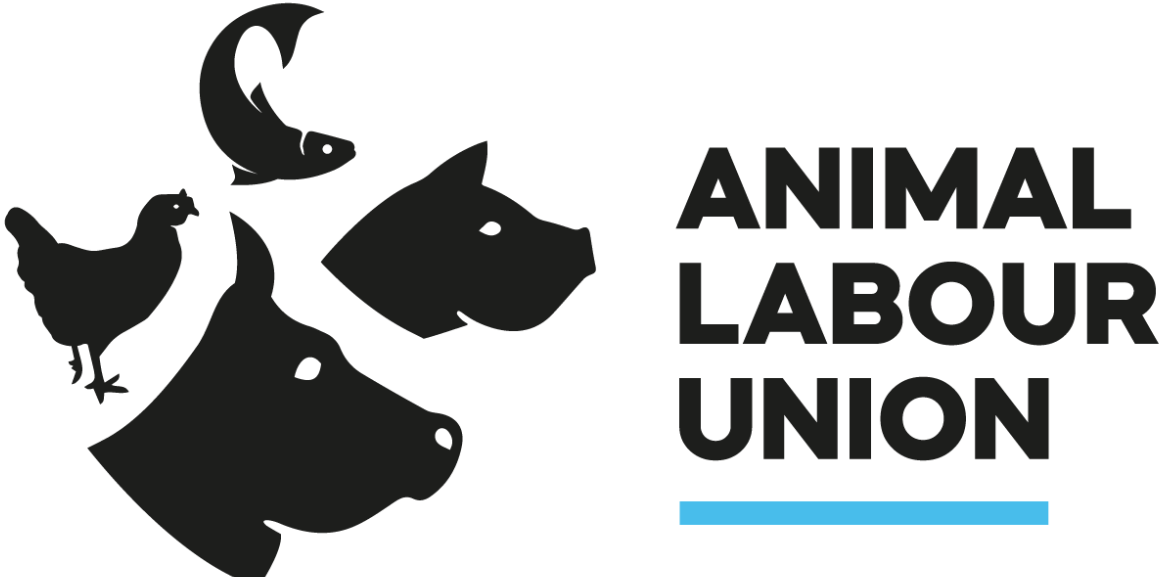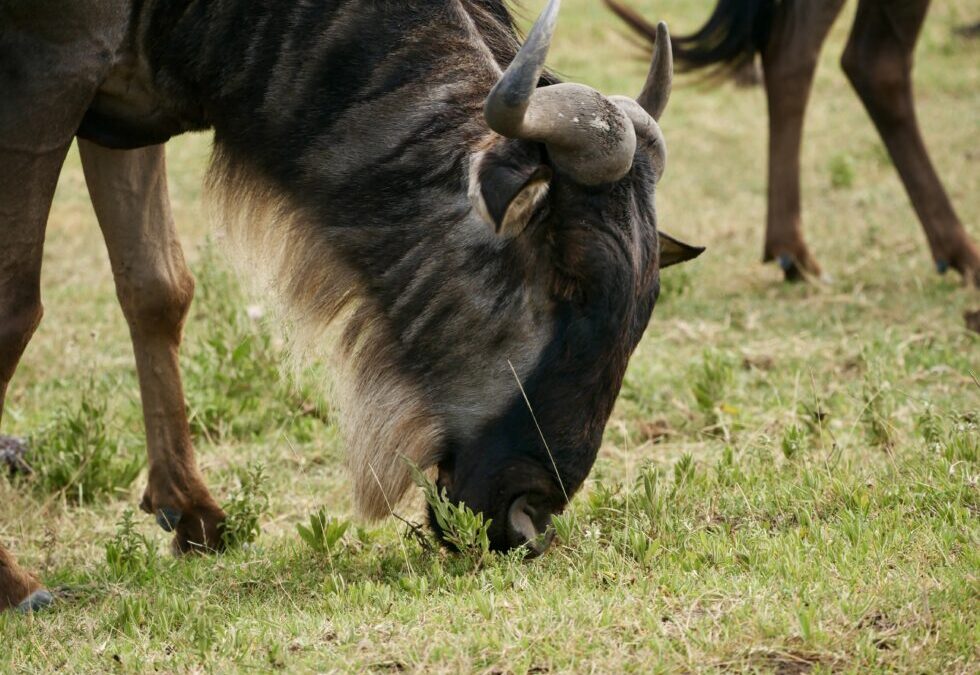In the Serengeti, Tanzania, it’s a yearly spectacle as crowds gather to witness the migration of wildebeests (gnus). This animal, closely related to the cow, attracts tourists from all over the world. The herd behaviour, their responses to danger, and the collective care they provide for their calves are fascinating, and watching these animals is an unforgettable experience for most people. Yet, these same people wouldn’t spare a second glance for a cow in their own country.
Philosopher Harfeld explains this behaviour: “When animals are stripped of a context in which they can unfold the complexity of their potential as animals, we simply lose sight of them as animals and see them only as production units.”
In the livestock industry, we have not only removed animals from their natural environment, but we have also denied them the opportunity to develop fully as intelligent, social, and capable beings. They are reduced to production animals, incapable of surprising or astonishing us any longer.
Fortunately, this is not entirely true. Our recent research into cow language and communication shows, for example, that cows collaborate. Two dairy cows use a cow brush hanging in their stable by standing on opposite sides, creating counterpressure, and giving each other a thorough brushing. This cooperation benefits both cows. We’ve also observed that in the field, a herd of organic cows collectively cares for the calves. Mothers, foster mothers, other calves—nearly everyone gets involved with a newborn calf. It’s like following a group of gnus in the Serengeti.
The work of the recently deceased primatologist Frans de Waal highlights many ways animal species can cooperate. In addition to his focus on primates, he also studied cooperation in elephants, dolphins, dogs, and crows. Unfortunately, scientists (or their funders) often prefer to study wild animals, and as far as I know, research into cooperative cows has never been carried out on a large scale.
The livestock sector benefits from the fact that we don’t view dairy cows as gnus. As Harfeld puts it, animals in the livestock industry are “de-animalised by their situational context.”
Let’s not fall for that. Animals in the livestock industry are just like any other animals. Shall we start paying attention to the behaviour of cows in the field? Especially when there are calves around, it’s just as remarkable to witness as the gnus in the Serengeti.



